Scroll for prep
This is a teacher-led
and teacher-narrated lesson for more open-ended discussion.
Learn more about the Anchor Layer here,
or click next to get started!
or click next to get started!


This is Layla.
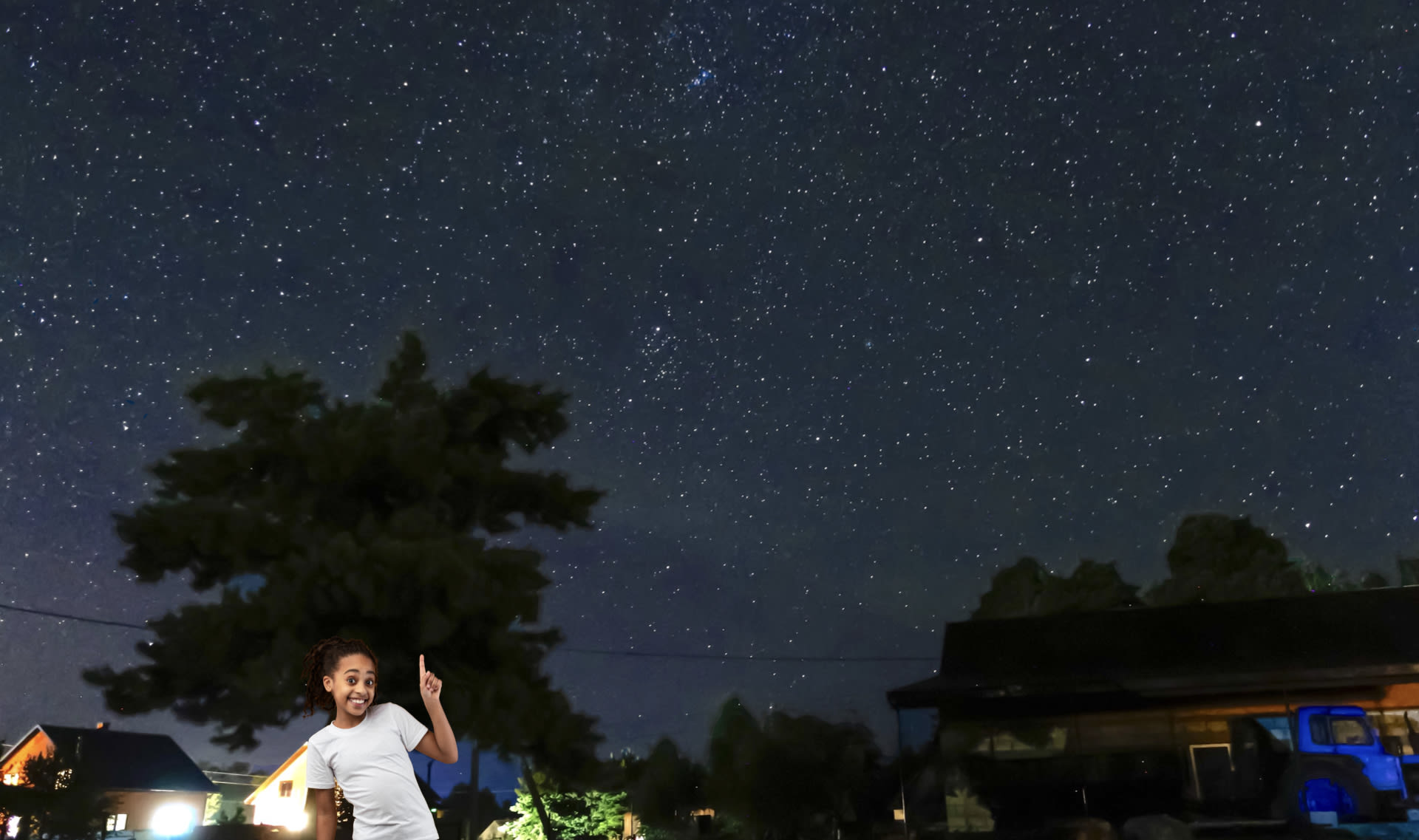
Layla loves looking up at the sky at night. Discuss. What do you see in the night sky
here? Have you ever seen something in the night sky that is not in this picture?
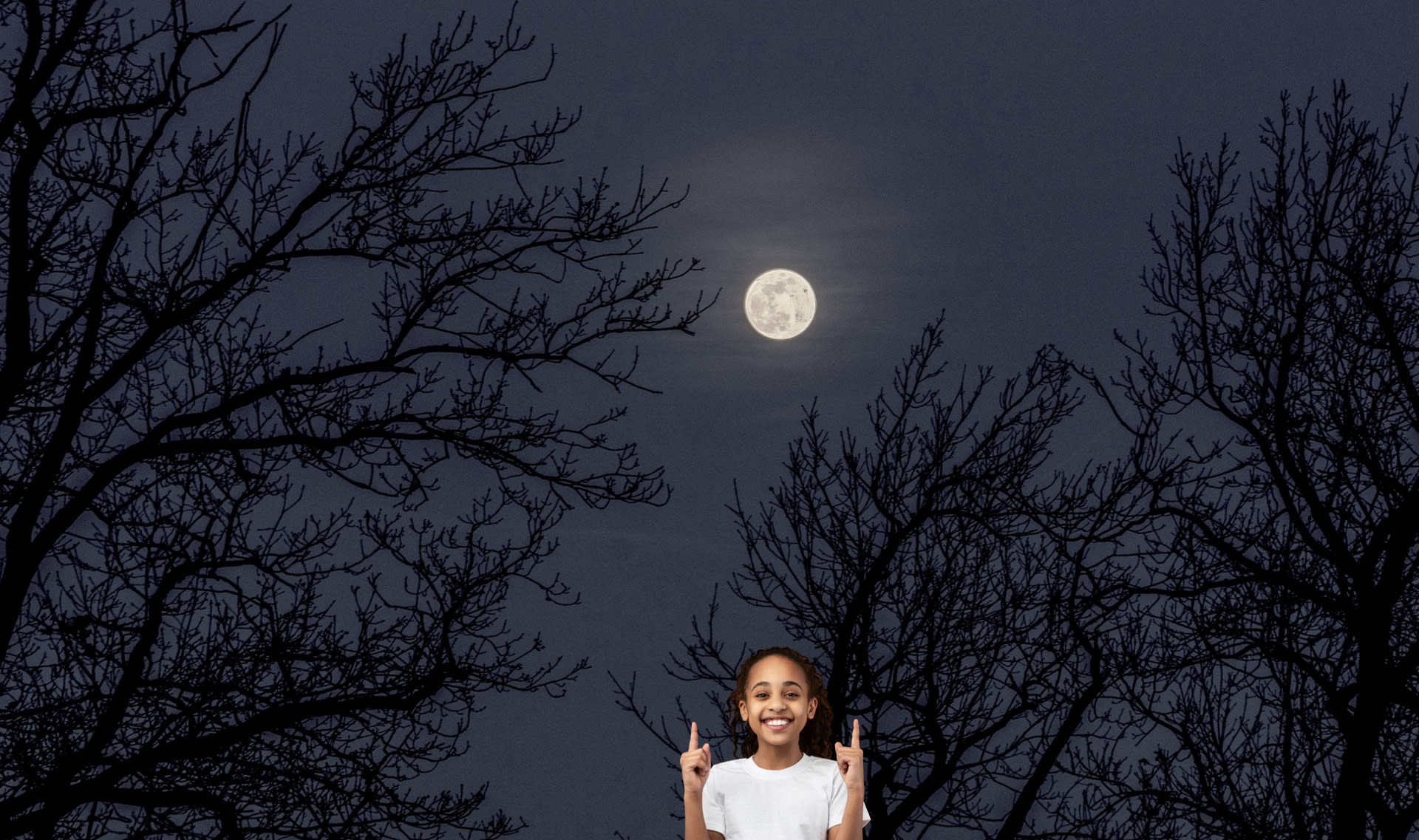
Layla’s favorite thing to see in the sky at night is the Moon.

One day, Layla was at the library. She found books with pictures of things in the
night sky. She knew she had to check them all out.
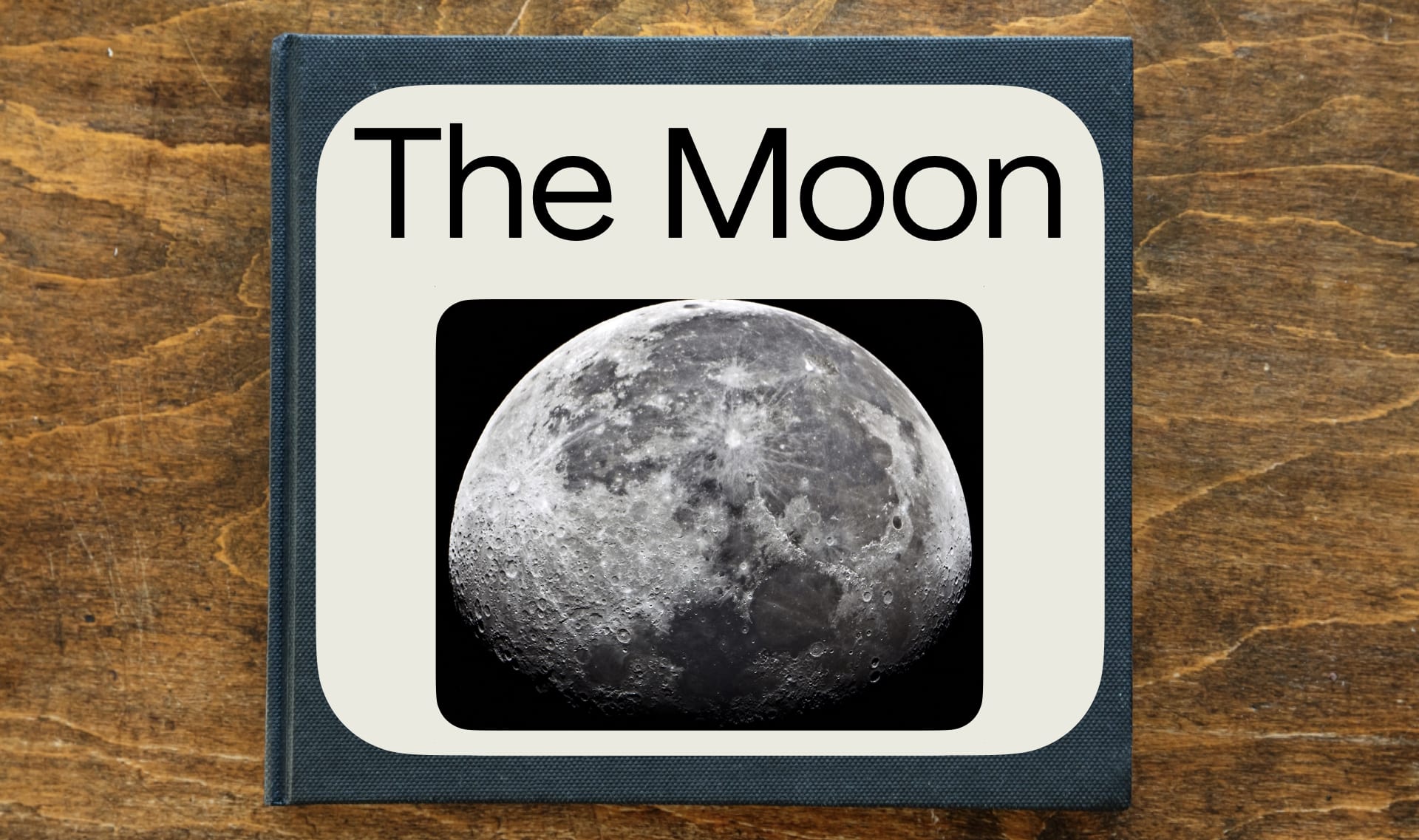
One of the books had pictures of the Moon. Layla couldn’t wait to see what was
inside. The Moon was her favorite thing to see in the night sky!

Layla opened the book. She read the first page. Read the first page together as
a class.
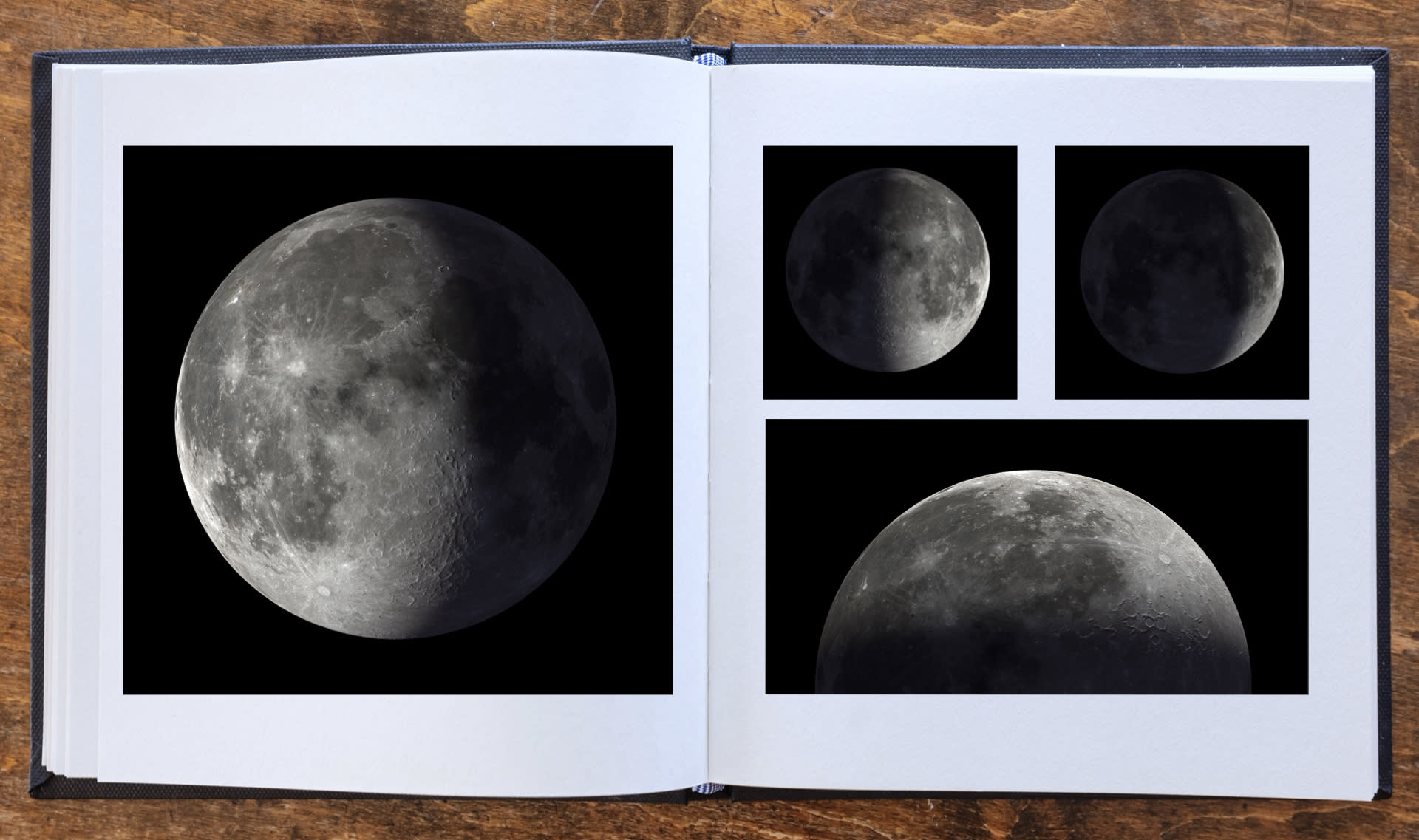
Layla turned the page. Discuss. How are these pictures different? How are they
the same? Have you ever seen the Moon look like one of these pictures?
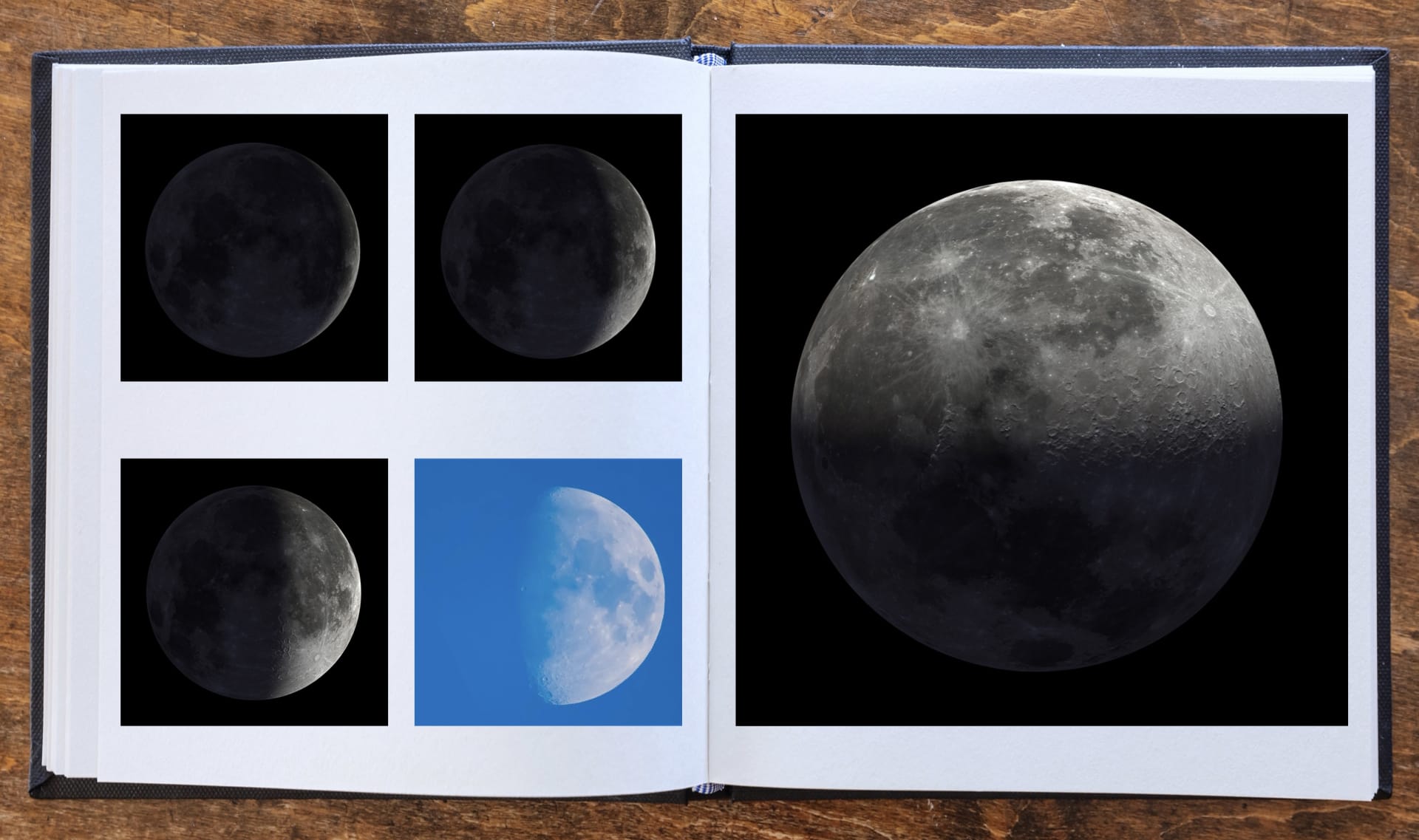
Layla turned the page again. One picture completely surprised her. (Remember:
these are real pictures!) Discuss. Which picture do you think surprised Layla? Why
do you think that?
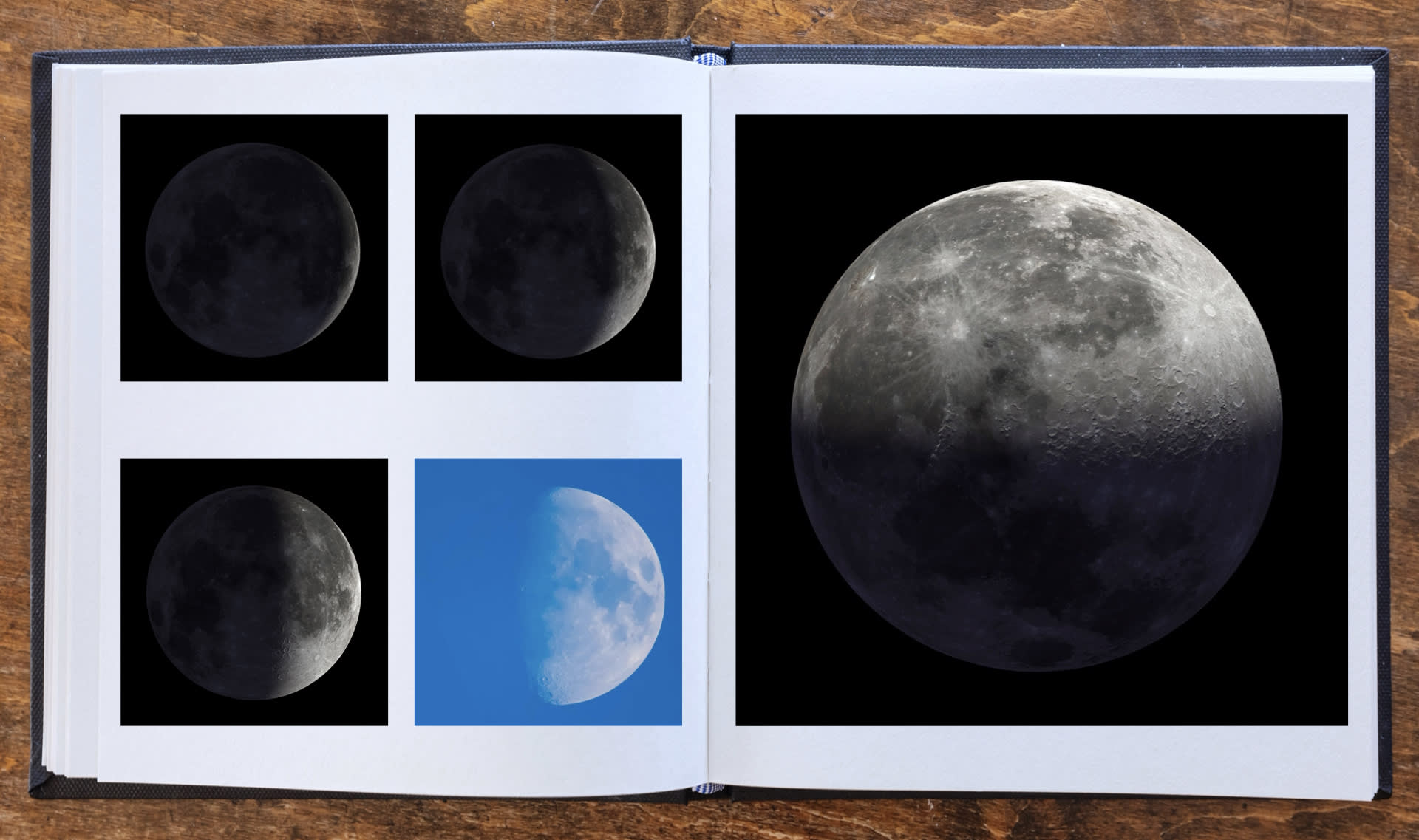
Layla was so confused. She had seen the Moon look gray and white every night
that she looked at it. But she had never seen the Moon look blue. Let’s see if we can
figure out why it looks this way.

Step
01/05
01/05
Get a See-Think-Wonder Chart, or make your own with a large sheet
of paper. Your teacher will add your ideas to the class chart.
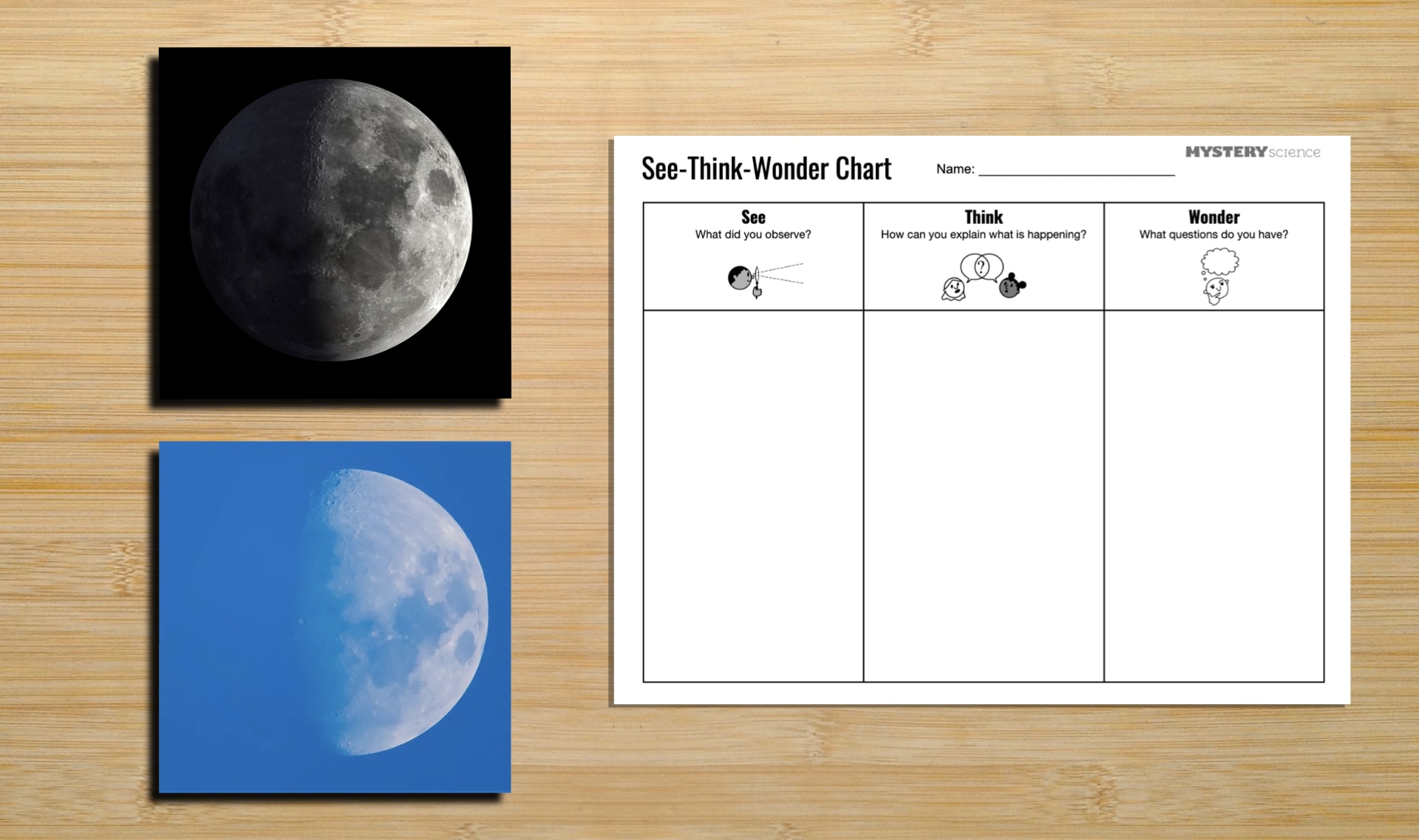
Step
02/05
02/05
Discuss. What do you see in each picture? Your teacher will record
your answers in the See column of your chart.
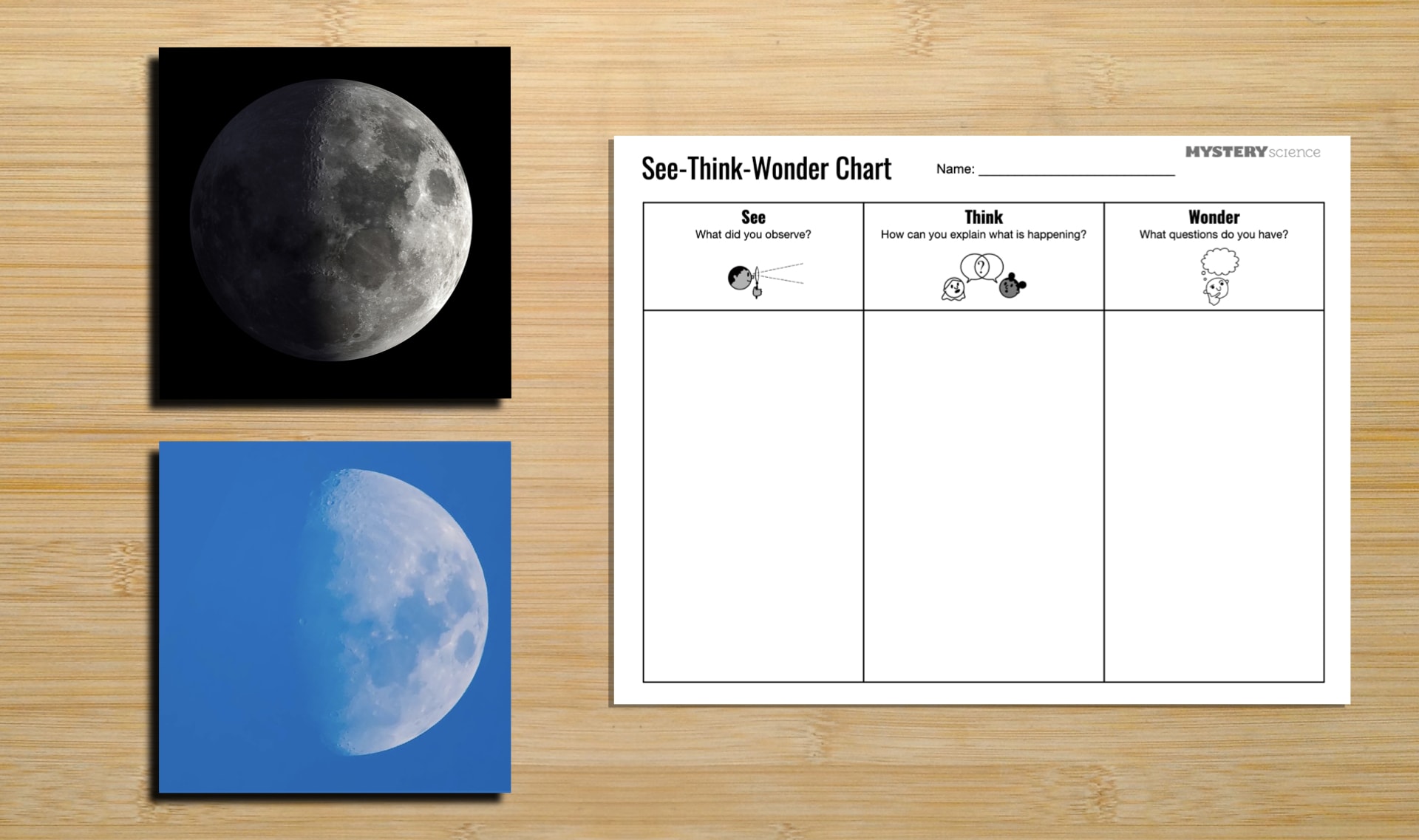
Step
03/05
03/05
Why do you think the Moon is gray and white in one picture and blue
and white in the other? Come up with as many ideas as you can. Your
teacher will record your answers in the Think column of your chart.
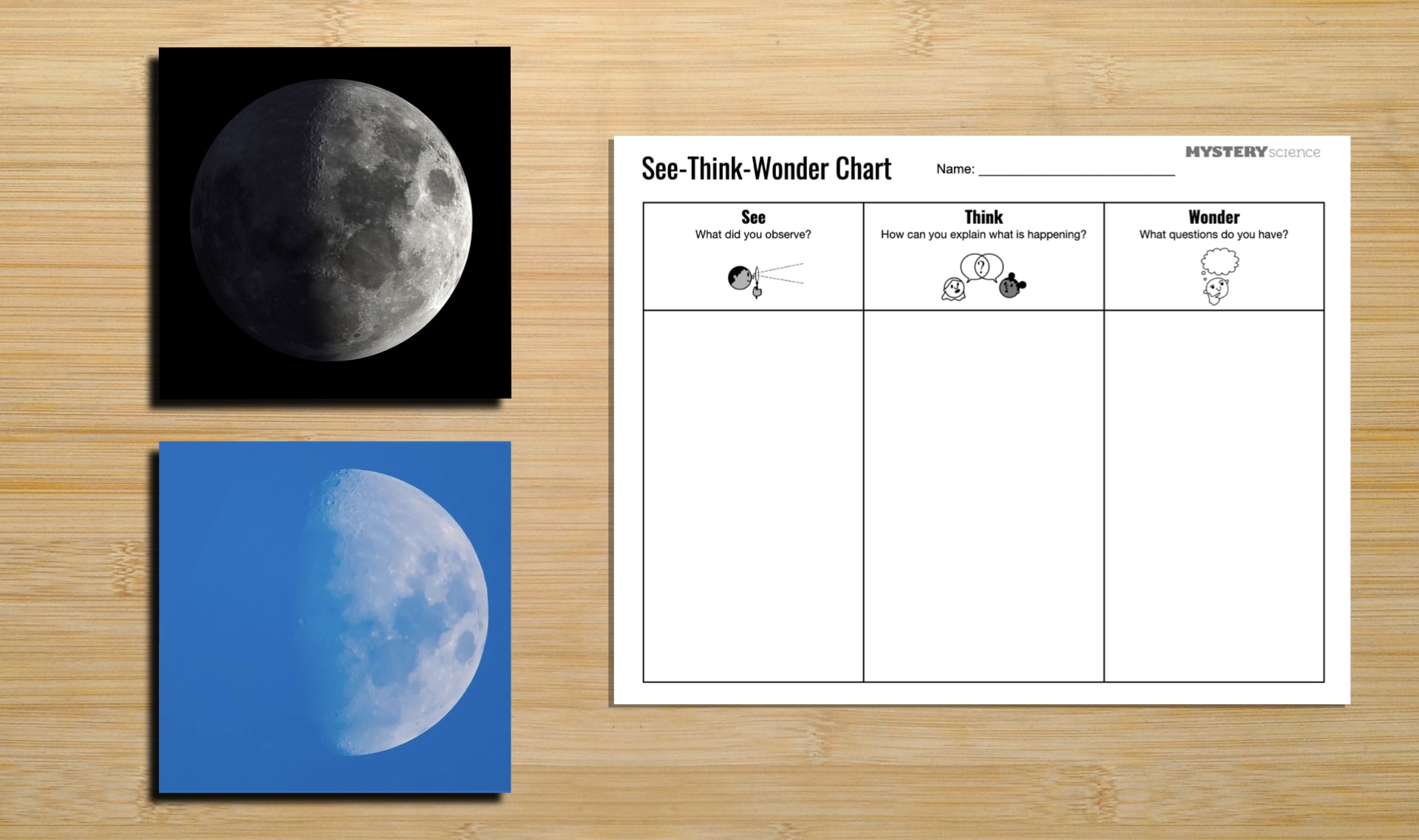
Step
04/05
04/05
What do you wonder about the Moon? Your teacher will record your
questions in the Wonder column.
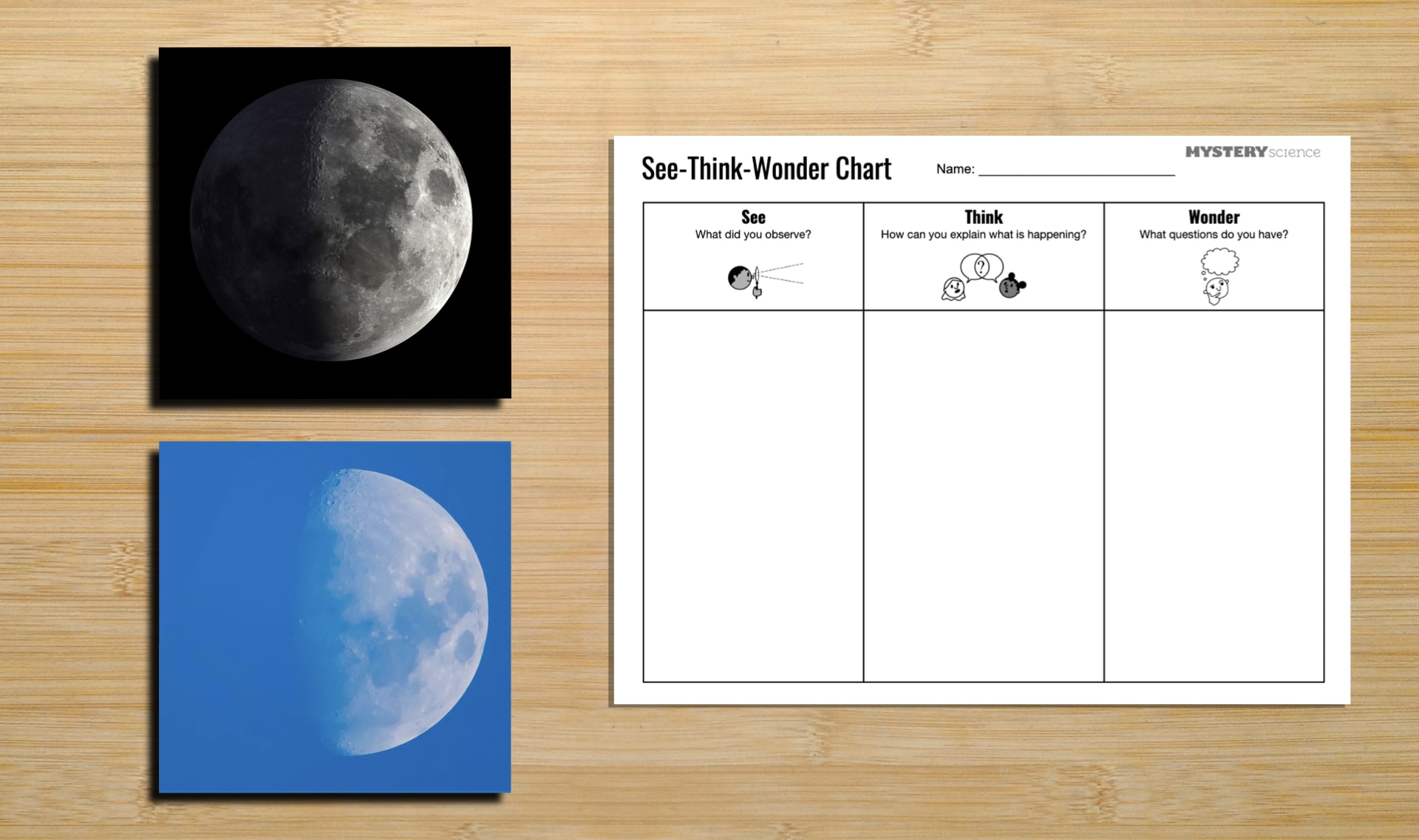
Step
05/05
05/05
Save your See-Think-Wonder Chart. You will review it after the first
lesson in this unit!
It's time to do some investigations! In this unit, you'll explore the Moon and stars.
At the end of the unit, you will use everything you've learned to predict when we will see the Sun, Moon, and stars in the sky.
Have fun, and stay curious!
🎉
That’s it for this lesson! How did it go?
Extend this lesson
Sign up now for more great lessons!



